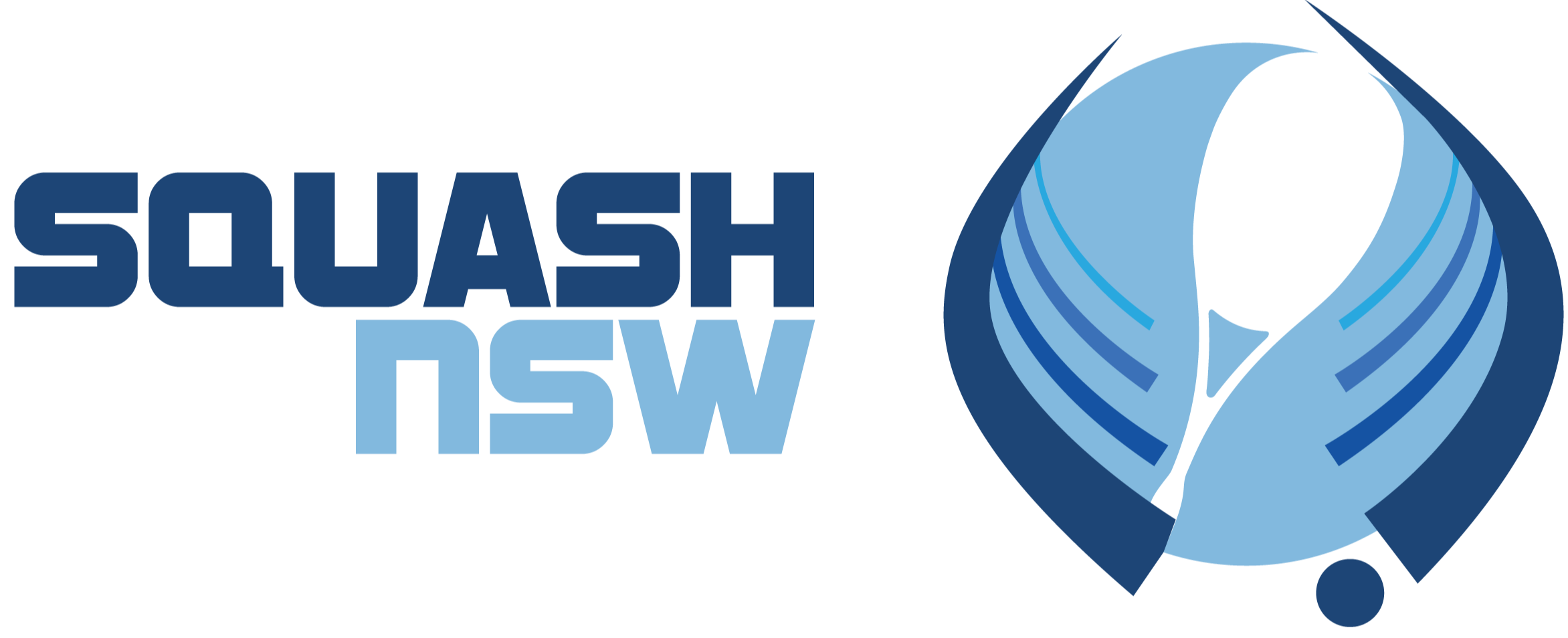Getting Started
Getting Started
Squash can be played as a one-on-one (singles) or two-on-two (doubles) match up. The game is traditionally played in a four-walled court using squash racquets and a small rubber squash ball.
Before getting started both players have 2 minutes on each side of the court, practising their forehand and backhand, to warm up themselves and the ball.
Serve
- Each rally starts with one player serving the ball to their opponent.
- Players must have at least one foot in the service box.
- The ball must hit between the service (middle) line and the boundary (top) line on the front wall. The ball must then land in the oppositions quarter.
Rally (game play that occurs after each serve)
- The ball must hit the front wall after each shot but can hit other walls before or after.
- The opponent must hit the ball before the 2nd bounce.
- Players can hit the ball before it bounces on the floor (known as a volley).
- Players can use all the court walls after the serve is hit.
Common Shot names.
Drive – When the ball is hit directly at the front wall and travels straight down the side wall .
Cross Court – When the ball is hit directly against the front wall and travels to the opposite side of the court to the player.
Drop – When the player hits the ball just above the tin to play a front court shot.
Boast – When the ball is hit against the side wall first then it travels to the front wall.
Points
- Squash match is the best of 5 games.
- Each game goes to either 11 or 15 points, if you get to 10 all or 14 all in a game then you must win by 2 clear points.
- Player who wins the rally scores a point.
Rules
- Fault:
- The ball hits the surface line or below.
- Does not pass the short line or the half-court line.
- The ball hits the outer line or above.
(A point is given to the opponent)
Referee Decisions
Let
- Minimal interference and the opponent are making effort to clear.
- If it happens the referee call let, and the point is replayed.
No Let
- There is no interference, and the player could have safely played the ball.
- If it happens the referee calls No Let
- The point will go to your opponent.
Stroke
- No way to play the ball safely as your opponent has not cleared properly.
- If this happens, the referee will call Stoke and it is your point.
